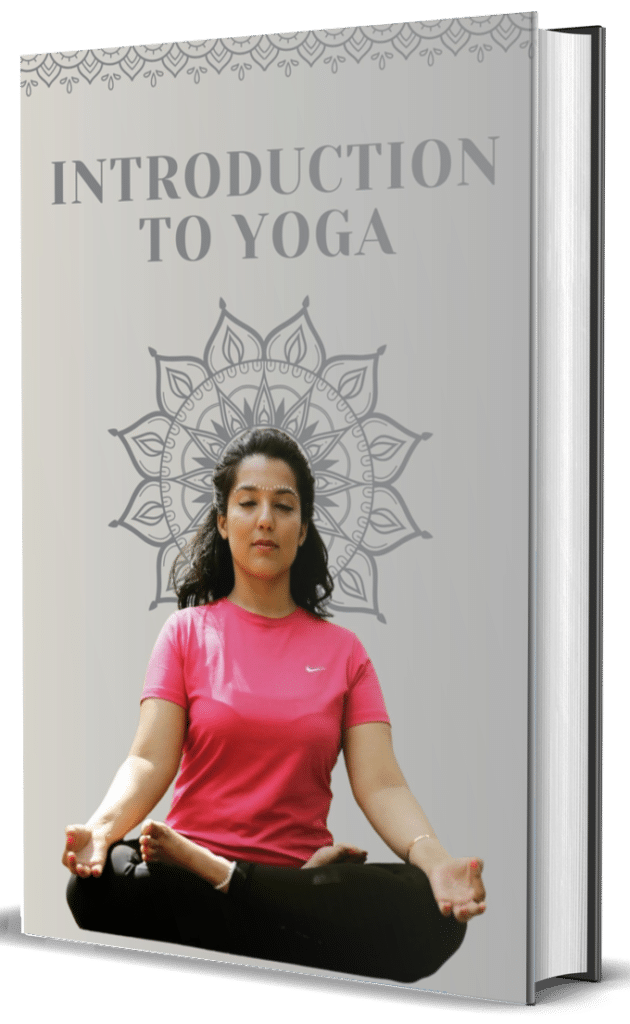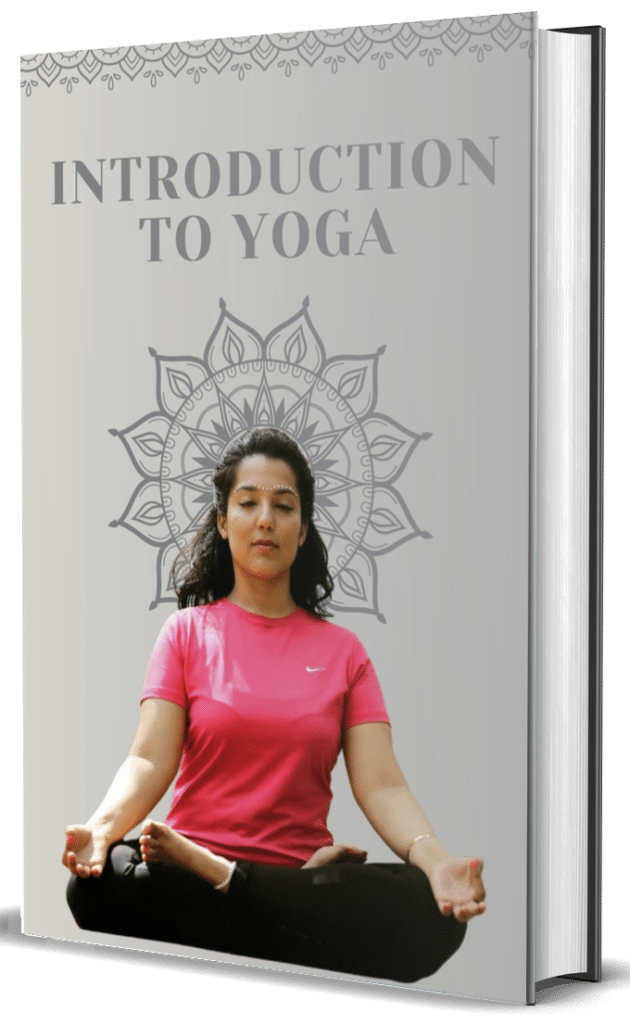Padmasana, or Lotus Pose, is one of the most recognizable and revered seated postures in yoga. The name derives from Sanskrit where “padma” means lotus and “asana” means posture. It’s considered the ultimate meditation posture in many yogic and Buddhist traditions.
In this pose, practitioners sit with their legs crossed in such a way that each foot is placed on the opposite thigh with the soles facing upward, resembling the petals of a lotus flower. The hands typically rest on the knees with palms facing up, often in Jnana Mudra (knowledge seal) with the thumb and index finger touching.
Padmasana creates a stable triangular base with the knees and sitting bones, allowing energy to flow freely up the spine. It provides numerous benefits including: opening the hips; stretching the ankles and knees; stimulating the spine and abdominal organs; improving posture; and creating an ideal foundation for pranayama and meditation practices.
This pose requires significant flexibility in the hips and knees, so beginners are encouraged to approach it gradually through preparatory poses like Ardha Padmasana (Half Lotus) or Sukhasana (Easy Pose). Forcing the position can lead to knee injuries.
Regular practice of Padmasana helps develop concentration, encourages proper breathing, and symbolizes purity and enlightenment—like a lotus that grows from muddy waters but remains untouched by impurity.



